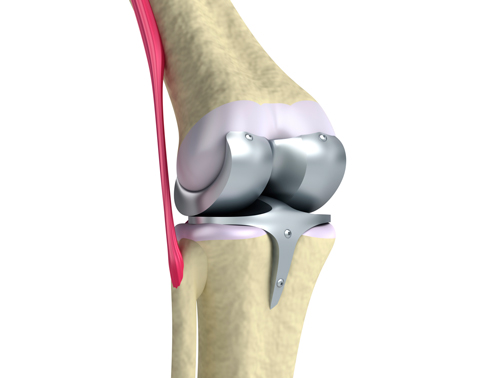
Many patients believe that a physical therapy regimen follows joint replacement surgery, but exercise before surgery can reap many benefits afterward. Think about it: The pain in your knee has probably rendered you less active. Less activity causes the muscles—in this case, those in the thighs and hips that directly and indirectly support your bad knee— to weaken. These weakened muscles will have difficulty supporting your new knee joint once it is implanted, thus hindering your rehabilitation process.
Preoperative exercises strengthen those muscles to make the entire knee replacement experience more likely to be fully successful.A new term has been coined for these before-surgery exercise programs: prehabilitation or prehab. Engaging in such an exercise program before joint replacement surgery can
- increase knee function
- relieve pain
- improve muscle strength
- speed your recovery
- ensure an overall successful outcome
To help meet these goals, we can provide you with an individual program of exercises tailored to your fitness level, along with directions to perform them properly at home. Such exercises include strength training regimens, aerobic exercise s an d exercises designed to increase flexibility .
A major study performed in 2006 in conjunction with three Boston hospitals reported that patients about to undergo joint replacement surgeries who had participated in these kinds of exercises three times a week for six weeks reduced their need for inpatient postsurgery rehabilitation by 73%, a noteworthy economic consideration for many patients. These patients were also more likely to walk more than 50 feet by their discharge from the hospital.
We can design a program of prehab exercises that can result in a faster, more successful recuperation from knee replacement surgery. Call our office today for a consultation.









